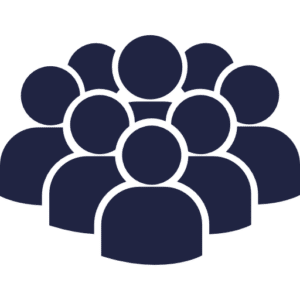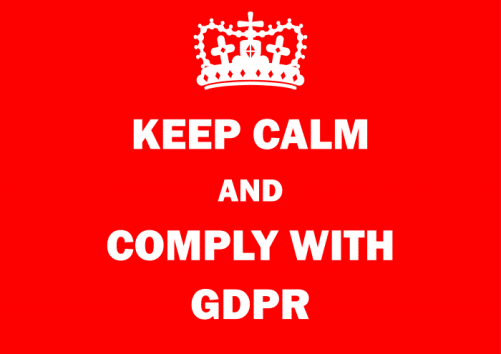In the ever-demanding domain of organizational change, learning and development considerations often feel like a multiple-choice question near the end of a long exam. With your brow furrowed, your attention waning, and your desire to finish growing, there’s the temptation for your brain to automatically choose the answer that appears most familiar so you can inch closer to the close. The most frequently recognized answer in the learning and development space is “Training,” a phenomenon that, on its own, yields results that vary more than its singular reputation suggests. Thus, while it may be the correct choice, it’s possible that exclusive reliance on training materials as the answer for development questions in your organization will unmistakably – and perhaps irreversibly – challenge your change effort.
Collective overreliance on training alone is born from an understandable, yet flawed presupposition: “If we teach it to them, they will learn and embrace it.” This is akin to a basketball team presuming it will make every shot it takes, insofar as it’s only true when you employ Stephen Curry. Realistically, the acquisition of necessary professional knowledge – often via fast-paced, high-intensity endeavors on high-visibility projects – requires a development process that actively engages its stakeholders, especially those receiving the training. The payoff of proper development investments can hugely benefit your change initiative and organization at large, as it facilitates lower change-related turnover, raises go-live productivity, promotes long-term sustainability, and reduces resistance to future changes.
Learning and development considerations have dominated my consulting endeavors in the healthcare industry, given this is frequently an area where there is ample room for improvement with our client organizations. Below are three key takeaways from these experiences that, upon closer examination, will help you ace your change.
1. Institutionalize feedback – and do it early.
Starting at the change’s inception, invite the learners into the change process by inquiring about their learning preferences via interview, focus group, or survey feedback. While it may not be feasible to answer for every possible learning idiosyncrasy, it’s important to acknowledge each stakeholder could have a different learning preference (such as in-person instruction, written manuals, multimedia presentations, etc.). A properly researched understanding of these distinctions can help shape more effective curriculum and corresponding support. At minimum, prioritizing the effort to engage the learners formally and frequently greatly correlates with authentic change buy-in.
2. Evaluate the curriculum before each change iteration.
While attending a vendor’s training presentation for a mutual client, I sadly observed the confusion consuming the faces of learning stakeholders. It was clear these stakeholders were receiving the same basic virtual training offered to all of this vendor’s clients. Not only did this inadvertently neglect the stakeholders’ preferences for in-person interaction and written instruction, but it also contained details about pertinent workflows that were both outdated and superfluous. Consequently, before each workflow-related training effort we conduct with this client for ongoing implementations, we review stakeholder workflow requirements and, once again, evaluate the growing team’s learning preferences. This ensures our development materials and structure provide the updated information and resources our rapidly-changing client needs to succeed immediately upon implementation.
3. Be present.
The simplest item in this collection is also its most important. Too often, change-impacted teams cannot reach the right people in a timely manner while in the midst of their massively-important organizational movement. Moreover, when finally reaching the desired resources, they are often either defensive due to client irritation or distant due to competing priorities. Make sure your project plan includes allocations for resources who are more than just on call; rather, find the right people to focus their full attention on this specific change. Your people will feel the positivity that emerges from proper prioritization and ultimately reward your investment.







